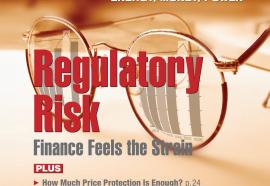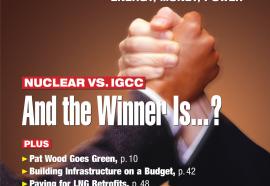Capacity Markets Demystified
Emerging capacity auctions offer limited but valuable risk-management tools for asset owners.
Fast forward to today’s partially deregulated electric power markets. Wholesale electric energy often is traded in various central markets, as well as among individuals in bilateral transactions. Wholesale electric energy prices largely are deregulated, and clearly, over the past decade, market participants have become adept at routinely charging much more than their variable production costs. This “rent extraction,” as economists commonly call it, can take various forms, and while the mechanism for achieving it can be complicated, the evidence is quite clear that today’s wholesale electricity prices typically are higher than the variable costs of most or even all suppliers.











